Who You Calling "Marginal"?
Results from the IIHS’ latest small SUV roof crush test are making the rounds of the autoblogosphere, and as usual the spoonfed information is being dutifully regurgitated in the name of consumer safety. What goes largely unreported is the fact that the IIHS is gleefully moving the roof crush goalposts, a unilateral decision with little benefit to consumers and a host of unanticipated consequences. Current roof crush standards mandate that vehicle roofs must support 1.5 times the weight of the vehicle, and have been in effect since 1973. The IIHS has been campaigning for years to increase government roof strength standards, and an uprated standard of 2.5 strength-to-weight ratio is currently being considered by the NHTSA. So where does the 2.5 standard rate with the IIHS? “Marginal” is the score that the IIHS gives to vehicles meeting this not-yet approved standard. Huh?
So why the roof-crush zeal from the IIHS? More than 10,000 people a year are killed in rollovers, say the insurance industry-funded boffins. And, “our research shows that a strength-to-weight ratio of 4 reflects an estimated 50 percent reduction in the risk of serious and fatal injury in single-vehicle rollover crashes compared with the current federal standard of 1.5.” Yes, in a rollover crash. Therein lies the rub.
Improved roof crush standards improve the chances of surviving a rollover, but as our Bob Elton pointed out way back when, forcing up roof crush standards actually increases the likelihood of rollovers occuring in the first place. More roof reinforcement raises a vehicle’s center of gravity, making it far more likely to roll. And what’s the point of making vehicles safer in the case of a rollover if they become more likely to roll in the process? Preventative medicine (stability control, driver training) and smarter rollover safety equipment (curtain airbags) are the answer, not the IIHS’s blind adherence to roof crush standards.
And the consequences of the IIHS’s roof strength fixation are not limited to the increased chances of rollovers. By more than doubling federal standards in its testing, the IIHS is pushing OEMs into a corner where safety and efficiency begin to trade off. As automakers scramble to meet uprated (and far more nationally significant) CAFE standards, the IIHS’s desire to see more roof and pillar steel stand in their way.
And despite these major tradeoffs to the IIHS’s agenda, the Institutes’ own research shows that roof strength is improving anyway. “Manufacturers have made structural improvements to earn better front and side ratings,” says the IIHS report. And though they admit that these overall safety improvements have improved roof crush performance, the IIHS’ insistence on the 4 times vehicle weight standard means only four vehicles receive a “good” rating. Not “outstanding” for having performed at over two times the federal standard, just “good.”
More by Edward Niedermeyer
Latest Car Reviews
Read moreLatest Product Reviews
Read moreRecent Comments
- Probert Maybe it's not too late for the Dodge Neon I've always dreamed of!!! To the keyboard Robin!
- Akear The malibu still outsells all GM EVs combinedMalibu -150,000GM EV's - 75,000Maybe this represents how execrable GM EVs really are. Barra should have resigned years ago,
- Fred Short term bean counters give up the market and long term players gain shares.
- KOKing I thought they quit making it 3yrs ago so... no?
- TheEndlessEnigma Hybrids and PHEVs make sense, EV's do not.




















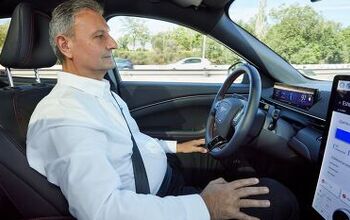
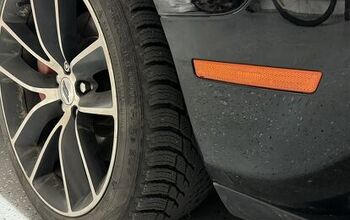
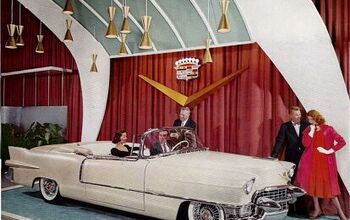
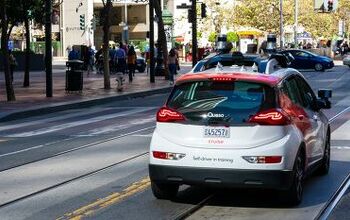
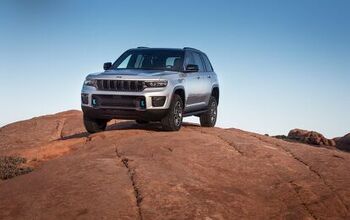


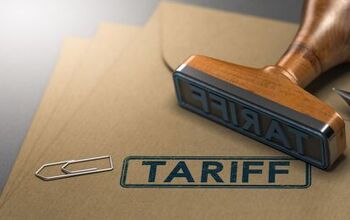


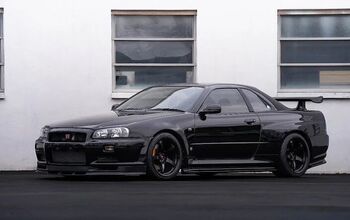
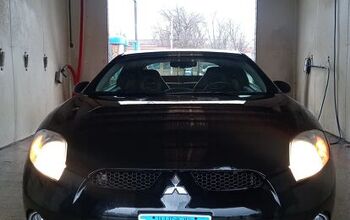


Comments
Join the conversation
Give me useful data and let me the consumer make my own choice. This car has the minimum safety but I am allowed to buy it. Let people make their own choices and if safety is important to the consumer then those unsafe vehicles will not make a profit. FWIW I have several several unsafe vehicles - rear engine VWs (including van), convertible, motorcycle, and an old CR-V which would likely fail the current tests. Big deal. In every case I drive with my eyes open, distractions at a minimum, and I'm always aware of the dangers my vehicles pose to me. The VW Westfalia is getting some upgrades so it will pass the "moose test". Swaybars and 15" tires are a start. Same for the Beetle. I think if we make people too confident in their vehicles then they begin to pay attention to the act of driving less. They get sloppy. Not saying we need to put people in 1949 Chevy pickup trucks with the laundry list of dangers those offered but when I had mine I was keenly aware of the peril the truck posed in a crash. And I sold it too.
If there are 10k rollover deaths, there are probably many times that number of injuries, including head and spinal. It is always important to remember that head injuries can destroy or reduce a person's ability to earn a living, can interfere with their social life, etc. Miserable.